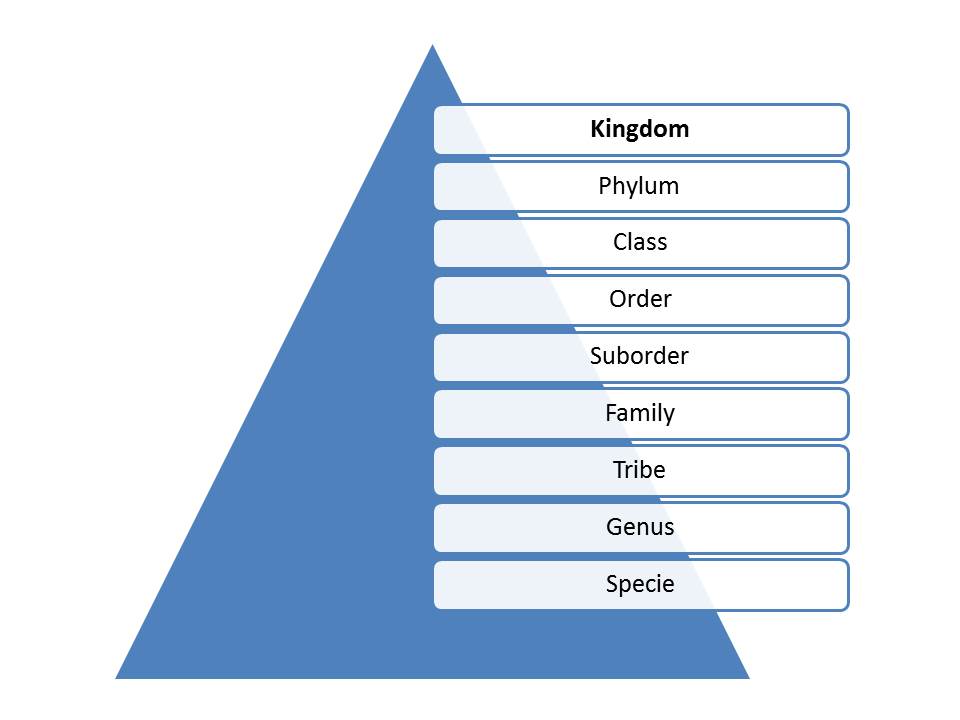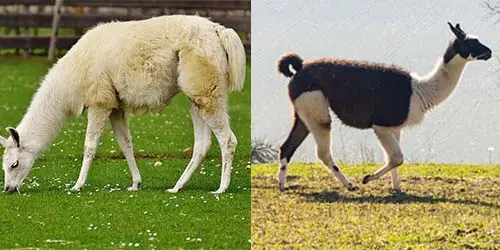Llamas are domesticated South American camelids. They are long-necked mammals primarily found in Peru and Bolivia.
Giraffes are the world’s tallest animals. They have very long necks, patterned fur, and are mostly found in sub-Sarahan Africa.
Both of these animals have long necks, but are llamas related to giraffes? And what are the main similarities and differences between the two? That’s why we are here today.

Are Llamas Related To Giraffes?
Llamas and giraffes are not very closely related. They are both mammals, even-toed ungulates, and members of the order Artiodactyla, but that’s where their relations stop. The closest relative to the giraffe is the okapi, while the closest relatives of llamas are alpacas, vicunas, and guanacos.
Here’s a quick grade 9 biology lesson.
In biology, there are millions of different plants, animals, bacteria, fungi, etc. Scientists organize all of these organisms into different groups called taxa.
Remember how a grocery store is organized?
One huge building is divided into departments such as fruit, dairy, meats, cosmetics, etc. Then, each department is further divided into aisles, every aisle into categories and brands, and then finally we get to the individual products. This organization from larger to smaller, more specific categories, is called a taxonomic hierarchical system.

Scientists divide all organisms into three large categories called domain: Bacteria, Archaea, and Eukarya.
Within each domain, there is a second category called a kingdom. After kingdoms, the subsequent categories are phylum, class, order, family, genus, and species.
Llamas and giraffes belong to the domain Eukarya. Eukarya includes all cell-based organisms that contain nuclei or membrane-bound organelles. Eukaryotes are organisms divided into kingdoms: Plants, Animalia, Fungi, and Protista.
Llamas and giraffes belong to the same kingdom, Animalia. This kingdom includes all animals, including humans. The animal kingdom includes around 31 phyla (sin. phylum).
Llamas and giraffes are both members of the same phylum, Chordata. Chordates are all animals that have a notochord at some stage during their development. Chordata contains five classes of animals: fish, amphibians, reptiles, birds, and mammals.
Llamas and giraffes belong to the same class Mammalia. Mammals are warm-blooded vertebrate animals that have hair or fur, nourish their young with milk from mammary glands, and (usually) birth of live young. There are around 26 orders of mammals.
Llamas and giraffes are also members of the same order, Artiodactyla. Artiodactyls are ungulates, hoofed animals that bear weight equally on two (an even number) of their five toes: the third and fourth.
This is where the llamas and giraffes stop being closely related; llamas belong to a different suborder and family than giraffes.
The order Artiodactyla is divided into four suborders: Ruminantia, Suina, Tylopoda, and Whippomorpha.
Llamas belong to the suborder Tylopoda, while giraffes belong to the suborder Ruminantia.
Tylopods are even-toed ungulate mammals like camels, llamas, alpacas, guanacos, vicunas, and their extinct relatives. They bear their weight on the sole-pads of their feet rather than on hoofs.
Further reading: Llama’s Relatives
Ruminants are even-toed ungulate mammals that chew the cud regurgitated from their stomach, the rumen. The ruminants include animals like cattle, sheep, antelopes, deer, giraffes, and their relatives.
These suborders are further subdivided into families.
Llamas and giraffes do not belong to the same family. Llamas belong to the Camelidae family while giraffes belong to the Girrafidae family.
This means that these two animals are not very closely related. Llamas and giraffes shared a common ancestor some 50 million years ago, in the Eocene.

The Camelidae family includes 3 existing genera:
- Camelus
- Lama
- Vicuna
..and 7 species:
- Domesticated one-hump dromedary camel (Camelus dromedarius)
- Domesticated two-humped Bactrian camel (Camelus bactrianus)
- Wild two-humped Bactrian camel (Camelus ferus)
- Domesticated llama (Lama Glama)
- Wild guanaco (Lama guanicoe)
- Domesticated alpaca (Vicugna pacos)
- Wild vicuna (Vicugna vicugna)
The Girrafidae family includes 2 genera:
- Okapia
- Giraffa
..and 2 species:
- Giraffe (Giraffa camelopardalis)
- Okapi (Okapia johnstoni)
Llama (Lama Glama) is a species that belongs to the genus Lama. Giraffe (Giraffa camelopardalis) is a species that belongs to the genus Giraffa. This confirms that llamas and giraffes are not close cousins.
Differences And Similarities Between Llamas And Giraffes
Llamas and giraffes have in common that they are both members of the order Artiodactyla and that they bear their weight on an even number of their toes, third and fourth. Scientists define both species as long-necked animals.
Although it seems improbable, both llamas and giraffes have the same number of bones in their necks. Both animals have 7 vertebrates in their necks; these bones are significantly longer in giraffes, of course.
A llama has a neck around 24 inches (60 cm); a giraffe has a neck up to 70.8 inches (1.8 m). This is almost three times longer than a llama’s neck.
Besides neck and overall size differences, llamas have different fur colors and patterns than giraffes. Llamas usually have a single-colored fur (black, white, brown, gray), sometimes spotted and speckled. Giraffes have fur that consists of a dark-red, brown, or nearly black color on a buff background, separated by white or cream-colored lines.
Further reading: All coat colors and patterns llamas can have (with photos)

When it comes to intelligence, llamas are smarter than giraffes. Encephalization quotient is a way of determining animal intelligence by measuring its brain size. The EQ of the giraffe is 0.64 while the EQ of a llama is 0.9. The higher the number, the better.
We have a whole article going over the intelligence of a llama and comparing it to different species like alpacas, camels, horses, humans, etc. Read it HERE.
Llamas also have significantly shorter tails than giraffes. A llama’s tail is 6-12 in (15-30 cm) long, the tail of a giraffe is 30-95 in (76-240 cm). That’s almost 8 times shorter!
Llamas and giraffes communicate with their species by humming at incredibly low frequencies. Llamas hum to express different moods or feelings to other llamas. Giraffes communicate at a frequency of around 92 Hz, which means we can still hear it, but it’s very low.
Llamas and giraffes have different digestive systems. Giraffes are ruminants and have a stomach with four compartments that digests the food they eat. Llamas are not ruminants and have a stomach with three compartments.
Llamas and giraffes sleep in the same position. Sort of. Giraffes will often rest while standing up, but new research shows that they lie down more often than previously thought. When lying down, they fold their legs under their body. This is similar to how llamas sleep. Llamas will tuck their legs under their stomachs and rest their heads and necks on the ground.

Llamas are faster runners than giraffes. Giraffes can reach the top speed of 38 mph (60 km/h), while llamas run around 40 mph (65 km/h).
These are only a few differences between these two animals.
Final Thoughts
This concludes our article going over “are llamas related to giraffes”. In this article, we explained that llamas and giraffes share some relation, but are not closely related. They belong to the same biological order but different families.
The main similarities between the two species are the number of bones in their necks, the number of toes these animals walk on, and the way they communicate with other animals. Differences include coat color, intelligence, digestive system, and tail length. Llamas live in the Andes; giraffes in Africa.
Further reading: Where in the world can you find llamas?
References:
[1] Jerison, Harry J. “Quantitative analysis of the evolution of the camelid brain.” The American Naturalist 105.943 (1971): 227-239.
[2] Graïc, Jean‐Marie, et al. “The brain of the giraffe (Giraffa camelopardalis): surface configuration, encephalization quotient, and analysis of the existing literature.” The Anatomical Record 300.8 (2017): 1502-1511.
[3] Burgin, Connor J., et al. “How many species of mammals are there?.” Journal of Mammalogy 99.1 (2018): 1-14.